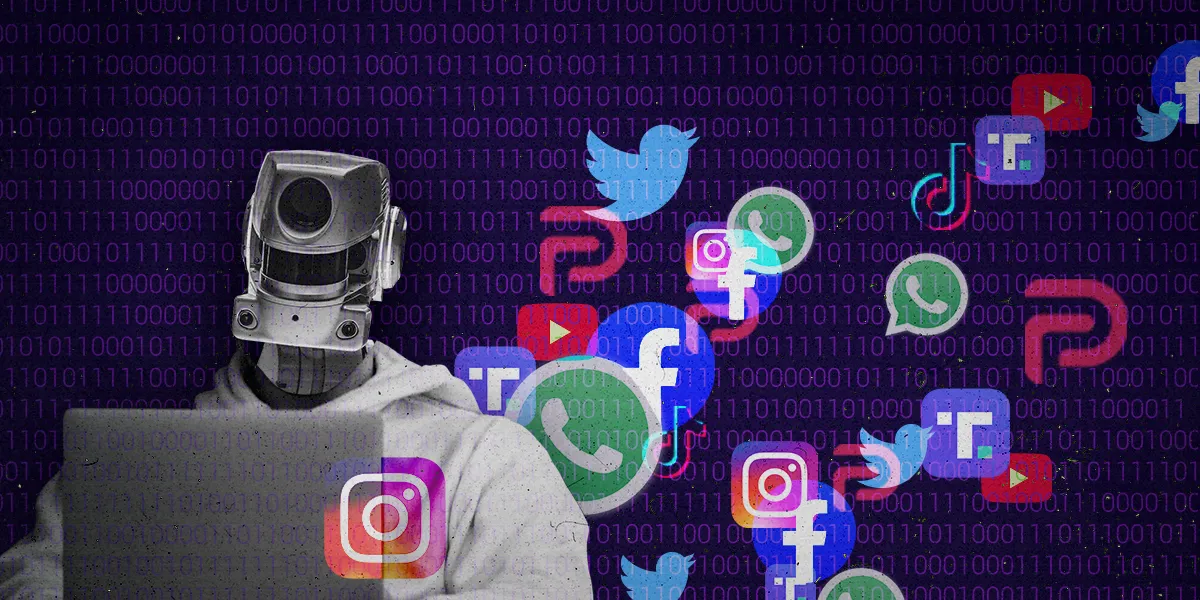How to Use Deepfake Technology for Creative Marketing
In the ever-evolving landscape of digital marketing, businesses are constantly seeking innovative ways to engage their audiences. One such technological breakthrough that has sparked both intrigue and concern is deepfake technology. While deepfakes are often associated with misinformation or privacy issues, they can also be harnessed for creative and impactful marketing strategies. When used responsibly and ethically, deepfake technology can elevate your brand’s marketing efforts and captivate your audience in ways never before imagined.
Here’s how you can leverage deepfake technology for creative marketing:
1. Enhancing Personalized Content with Deepfake Avatars
Personalization is key to creating meaningful customer connections. Deepfake technology can enable you to create hyper-personalized marketing content by crafting virtual avatars or digital spokespeople who interact with your customers directly. For instance, imagine a brand ambassador or influencer who addresses individual consumers by name and delivers customized messages tailored to their preferences.
This approach can be used across various channels, including email campaigns, social media ads, and even on your website. A personalized greeting or product recommendation by a deepfake avatar can enhance customer engagement and make your marketing campaigns stand out.
2. Bringing Historical Figures or Celebrities to Life
Deepfake technology allows marketers to bring historical figures, celebrities, or even fictional characters back to life in a highly realistic way. This opens up numerous creative possibilities for advertisements or campaigns. For example, imagine a campaign where Albert Einstein endorses the benefits of your product, or your favorite movie star explains why your service is the best in the industry.
However, it’s important to consider ethical implications when using deepfakes in this way, ensuring that the likeness and voice of these figures are used with respect and proper authorization. When done correctly, this can create a unique and engaging experience that attracts attention.
3. Interactive Customer Experiences with Virtual Influencers
Virtual influencers powered by deepfake technology are a growing trend in the marketing world. These digital personalities can be used to promote products, share content, or even interact with your audience on social media. Unlike traditional influencers, these virtual figures can be controlled entirely by the brand, ensuring consistent messaging and the ability to adapt to changing trends.
Virtual influencers have the power to generate buzz, especially among younger audiences who are keen on digital trends and technology. By creating an influencer that perfectly aligns with your brand’s values, you can build a loyal following without the unpredictability associated with human influencers.
4. Revolutionizing Video Content with Deepfake Editing
Video content is one of the most powerful tools in marketing. With deepfake technology, you can edit and modify videos to create compelling narratives or even simulate scenarios that are otherwise impossible. This can be particularly useful for:
- Product Demonstrations: Show how your product works in an exaggerated or hyper-realistic setting to capture attention.
- Brand Storytelling: Create memorable and engaging brand stories using deepfake technology to generate immersive and eye-catching content.
- Visual Effects: Enhance video ads with dynamic visual effects and simulations that captivate your audience and leave a lasting impression.
By experimenting with creative deepfake video content, brands can push the boundaries of traditional video marketing and create truly unique visual experiences.
5. Innovative Storytelling for Social Media Campaigns
Storytelling is at the heart of great marketing, and deepfake technology offers an exciting opportunity to push the envelope. With deepfakes, brands can create visually stunning and emotionally resonant short-form content for social media platforms like Instagram, TikTok, and YouTube. These platforms are all about creativity, and deepfakes can bring fictional or historical stories to life in ways that spark conversation and engagement.
For example, a brand could use deepfake technology to simulate a fictional meeting between iconic personalities, create humorous or surreal content that delights viewers, or generate unique “what-if” scenarios that intrigue your audience. The possibilities are vast, and the content can be both entertaining and shareable, helping to boost brand awareness.
6. Creating Memorable Virtual Experiences at Events
With the rise of virtual events, deepfake technology can be used to create memorable experiences for attendees. You could have a deepfake version of a celebrity or a virtual version of your CEO delivering a keynote speech, making your event feel more dynamic and interactive. Alternatively, deepfakes could be used in virtual booths or exhibits to demonstrate products or provide entertaining presentations.
For example, during a product launch or online seminar, a deepfake could be used to create lifelike presentations, simulations, or even animated avatars that interact with your audience in real-time. This adds an element of novelty and excitement that could set your brand apart from competitors.
Ethical Considerations and Best Practices
While deepfake technology offers many opportunities for creative marketing, it’s crucial to approach it with responsibility and ethics in mind. Here are some key considerations:
- Transparency: Always disclose that deepfake technology has been used, especially when it involves public figures or celebrities.
- Respect for Privacy: Ensure that individuals’ likenesses are not used without consent. Misuse of deepfake technology can lead to privacy violations or reputational damage.
- Avoiding Misinformation: Deepfakes have been linked to the spread of misinformation. It’s essential to ensure that your deepfake content does not mislead or deceive your audience.
By navigating these ethical boundaries carefully, deepfake technology can be a powerful and creative tool in your marketing arsenal.
Conclusion
Deepfake technology holds immense potential for revolutionizing creative marketing. From enhancing personalized content to reimagining video storytelling and interactive experiences, it can provide a fresh and engaging way to capture your audience’s attention. However, like any powerful tool, it’s essential to use deepfakes responsibly and ensure that your campaigns align with ethical standards. When done right, deepfake marketing can create truly memorable experiences that resonate with consumers and elevate your brand to new heights.






Leave feedback about this